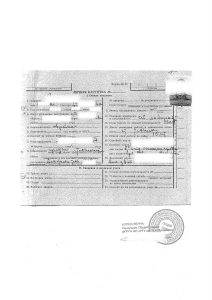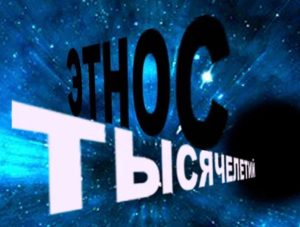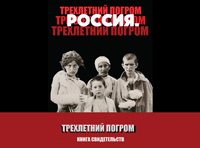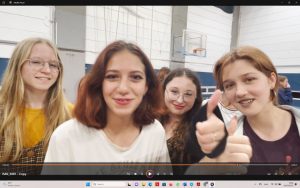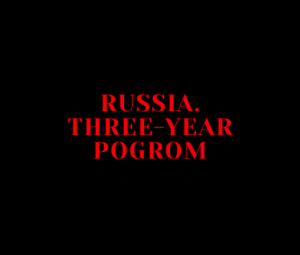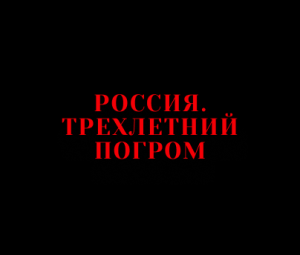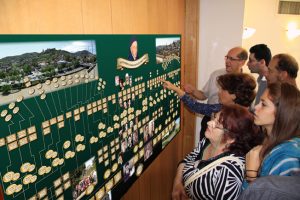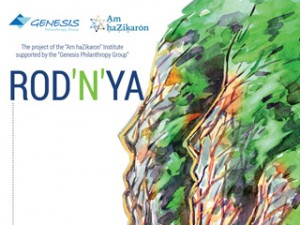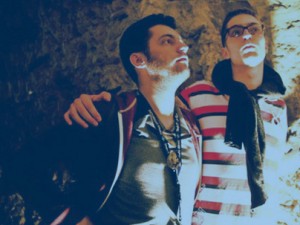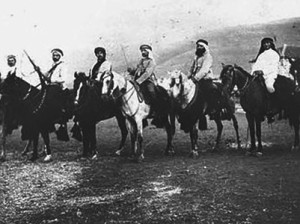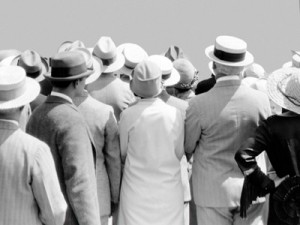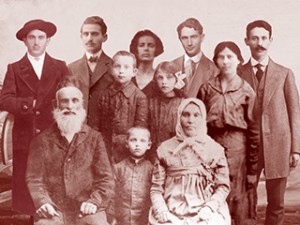The Institute studies the Jewish People as a complex system using the tools that were developed in physics. This complex system is formed by people and their interactions. For revealing the laws of this system we need a tractable model. The Institute performs research in physics which is ultimately aimed at the development of different aspects of the required model. From general viewpoint, the system of the Jewish People is a finite group of people (“agents”) who exchange information. The information is considered in the active sense, as a cause of human actions. It is assumed that there is a finite number of information types. These form different connections of humans building the web structure of the Jewish people. Our work on complex systems is provided in the papers below.
Read an extended resume (in Russian)
Different character of collisions of particles because of chaos
In this work we consider basic chaotic system – collection of colliding billiard balls. If we label the balls then we can speak of individual sequences of collisions of each ball. For instance, ball number three collided with ball number two fifteen times during one hour but with number five thirty nine times during the same time interval. In contrast, the ball number five, which collided thirty nine times with ball number three collided 44 times with ball number one. Observing collisions in the next hour we would find completely different numbers of collisions. Is there any law about the collision numbers? Before our work these would be considered completely random. We introduced laws of collision numbers, both deterministic and statistical.
Vidgop, A.J. and Fouxon, I., 2011. Evolution of collision numbers for a chaotic gas dynamics. Physical Review E, 84(5), p.055202.
available at:
https://arxiv.org/pdf/1104.3668.pdf
Preferences in collisons
Vidgop, A.J. and Fouxon, I., 2014. Emergence of distinguishability of patterns of collisions of particles in a non-equilibrium chaotic system. Physica A: Statistical Mechanics and its Applications, 411, pp.113-117.
available at:
https://arxiv.org/pdf/1202.4334.pdf
Modeling complex turbulent motions of particles
Vidgop, A.J. and Fouxon, I., 2010. Turbulence – “motion of multitude”: a multi-agent spin model for complex flows, Adv. Appl. Fl. Mech. 7, p. 163.
available at:
https://arxiv.org/pdf/0910.4923.pdf
Physics and Objective Reality
This work is a short review of our understanding of what objective reality is in the light of modern physics. The article first elucidates the fact that there is a disagreement in the community of physicists upon what the objective reality is and whether it exists at all.
The controversy holds for more than 80 years already, since the discovery of the quantum mechanics. The latter made it clear that if the objective reality exists at all, then it is very unusual from the viewpoint of the everyday thinking. Some of the proposed pictures of the objective reality, starting from chronologically the first one and ending with the last are described.
Submitted to New Scientist
Web as a fundamental universal system
We study the possibility that further advancement in the understanding of the order of chaos may demand a certain reconsideration of the approach to the classical mechanics. For this we suggest to consider the viewpoint that spatio-temporal relations between objects are emergent and that they are but a result of complex interactions of objects.
Submitted to Axiomathes
Turbulence – ”motion of multitude”: a multi-agent spin model for complex flows
We propose a new paradigm for emergence of macroscopic flows. The latter are considered as a collective phenomenon created by many agents that exchange abstract information.
Published in Advances and Applications in Fluid Mechanics (Volume 7, Issue 2, Pages 163 – 170, April 2010)
